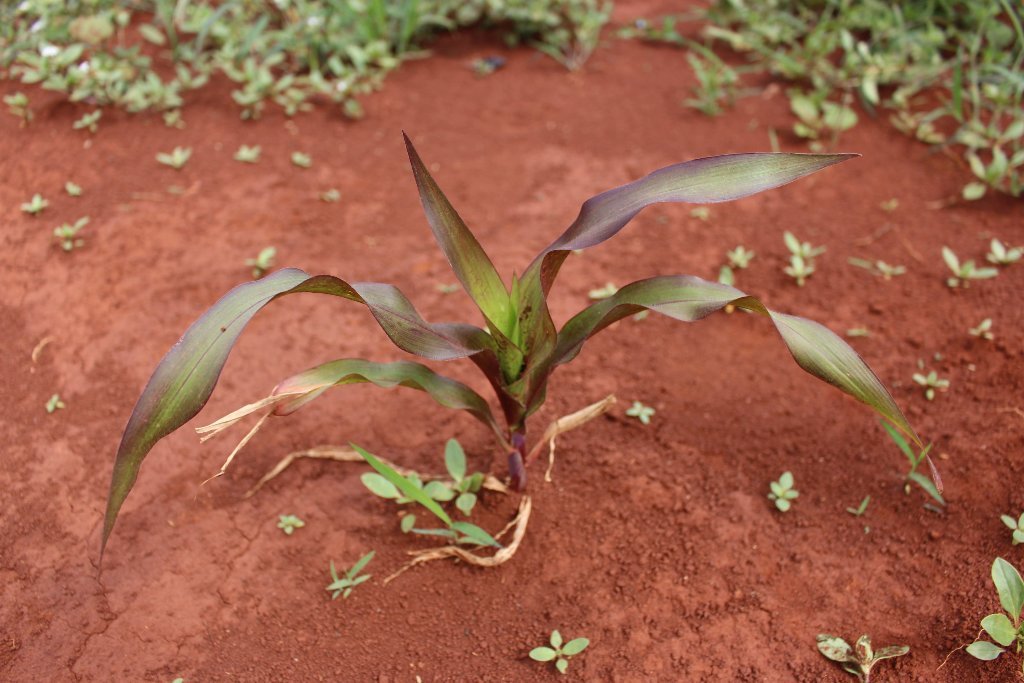Analyzing and maintaining the right amount of nutrients in the soil is an important aspect of growing a beautiful garden. Phosphorus, potassium, and Nitrogen are essential nutrients in plant growth. While nitrogen helps plants produce lush foliage and leaves, phosphorus helps plants flower and produce strong seeds and roots. Control and correction of high phosphorus content in the soil are essential for optimal plant growth in your garden.
Excess soil phosphorus causes the leaves of plants to turn yellow or bleach, especially in species that do not have deep roots. Excess phosphorus sometimes kills even plants that need acidic soil, such as azaleas. When excess phosphorus from gardens gets into streams and lakes, it causes excessive growth of algae and weeds. When surplus phosphorus is detected during soil testing, corrective measures are useful for both the garden and the environment.
Effects of High Phosphorous Levels in Your Soil
Like all other elements, excess phosphorus can be toxic to your plants. A common problem with excess phosphorus in the soil is your will:
- The accumulation of phosphorus in meadows, orchards, pastures, and farmland can lead to poor plant growth and even death. Excess phosphorus in the soil reduces the plant’s ability to absorb the necessary trace elements, especially iron and zinc, although soil analysis shows that the soil contains sufficient phosphorus.
- The accumulation of phosphorus is conditioned by the excessive use of inorganic fertilizers or the application of phosphorus-rich compounds and manure. High levels of phosphorus in soil may also pose a threat to streams, rivers, lakes, and oceans.
- Phosphorus can become water-soluble and mobile, affecting surface waters and causing the growth of algae and other unwanted plants. This reduces water quality and reduces the number of desired fish and aquatic plants.
- Excess can also prevent the growth of beneficial fungi called mycorrhizae. These fungi are usually found in most plant roots and help the plant to absorb water and nutrients. Without these fungi, plants have to work harder than they would have done without them.
Tips to Lower Phosphorous Levels in Soil
Unfortunately, when it comes to phosphorus, there is no clear way to easily reduce its excess in the soil. Prevention and reduction is the best approach.
- Stop using commercial fertilizers that contain phosphorus. Fertilizer containers usually describe the formula in three figures: The average figure indicates the amount of phosphorus. Medium fertilizer containers contain neither phosphorus nor phosphate. For example, select fertilizers such as ammonium sulfate or magnesium sulfate.
- Watering the soil – by spraying carefully, phosphorus is removed from the soil. Be careful with this method, because it also removes other important nutrients. Then test the soil with a mud test kit to check the effectiveness of this method. I recommend it as the last test in the trench.
- Stop adding organic products that increase the phosphorus content in the soil. The worst culprits are manure and other organic compounds. If you need organic mulch or nitrogen generator, replace pine bark or blood meal. These products have low phosphorus content.
- Add iron and zinc to help restore health in your garden. Since high phosphorus content prevents soil absorption, you can use a sprayer to apply a solution of these minerals to plant leaves.
- Check your soil regularly. Many state agricultural development agencies offer cheap soil testing. Avoid using artificial fertilizers or additives that contain phosphorus if the soil is rich in phosphorus.
Testing Soil Phosphorus
The analysis of the level of phosphorus in the soil makes it possible to measure the capacity of the soil to supply the soil solution with phosphorus. Soil tests do not measure the total amount of phosphorus in the soil as the amount of phosphorus available is much smaller than the total amount.
Nor does it measure the phosphorus content of the soil solution as the amount of phosphorus in the soil solution is generally very small and does not correctly reflect the amount of phosphorus that plants can potentially absorb during the growing season.
A soil phosphorus test is essentially an indicator to help predict the fertilizer requirements of a crop. Recommendations on the application of fertilizer are based on numerous field tests on many soils and crops.
Conclusion
High levels of phosphorus in the soil are usually the cause of over-fertilization or the addition of too much manure. Excessive phosphorus is not only harmful to plants but can also remain in the soil for many years. Although nothing can be done to reduce phosphorus levels immediately, it can continue to feed plants with the nutrients they need without adding more phosphorus.

